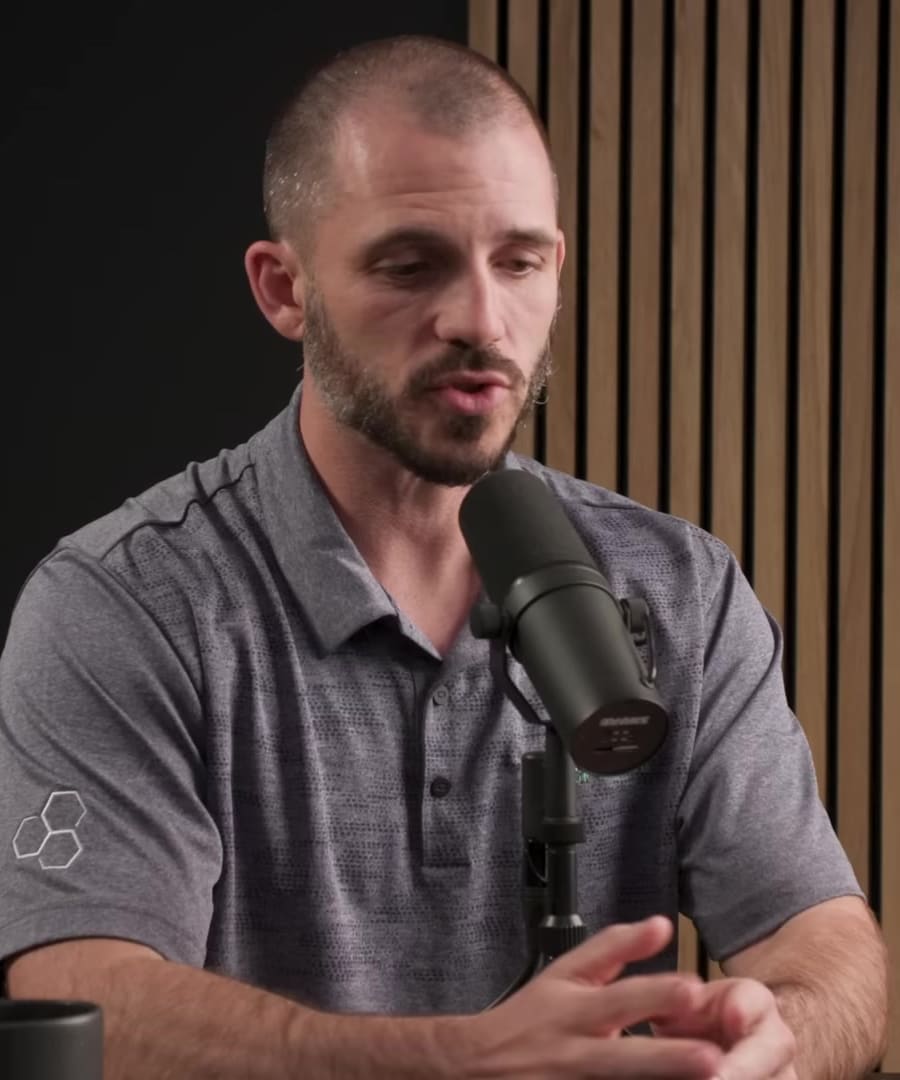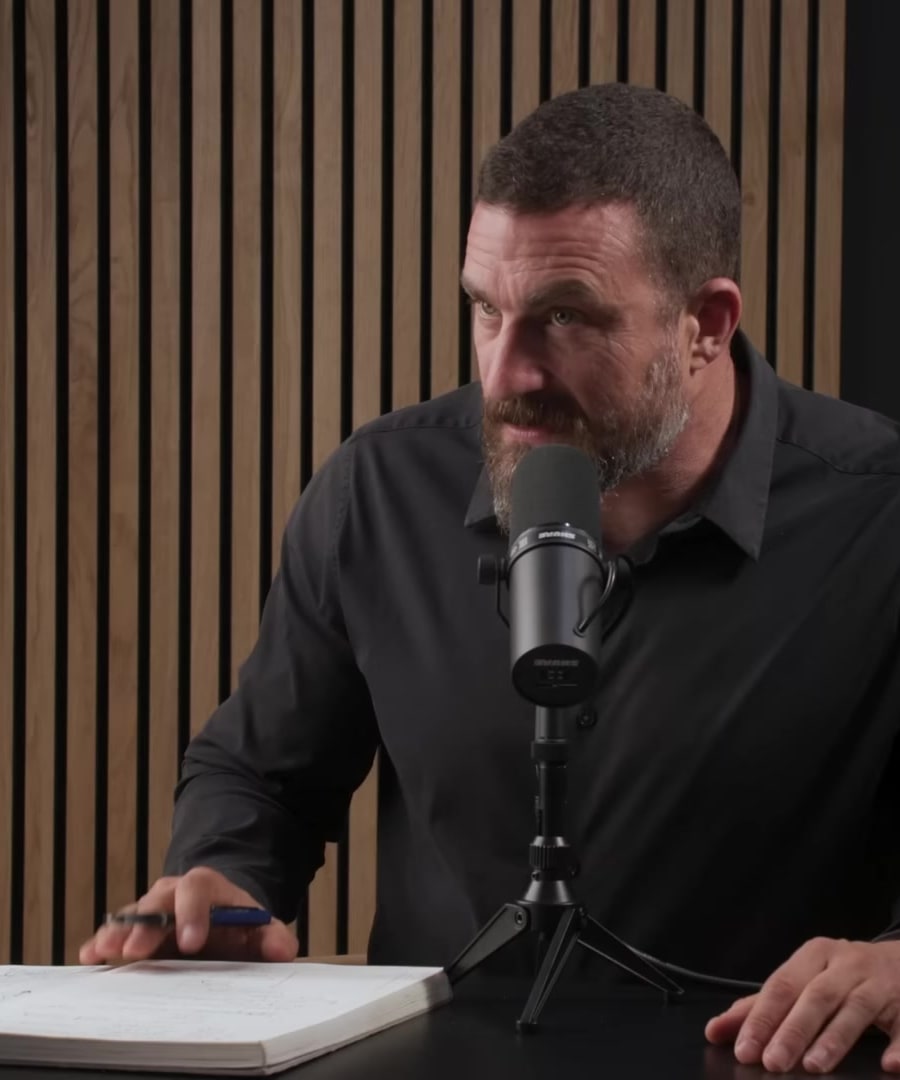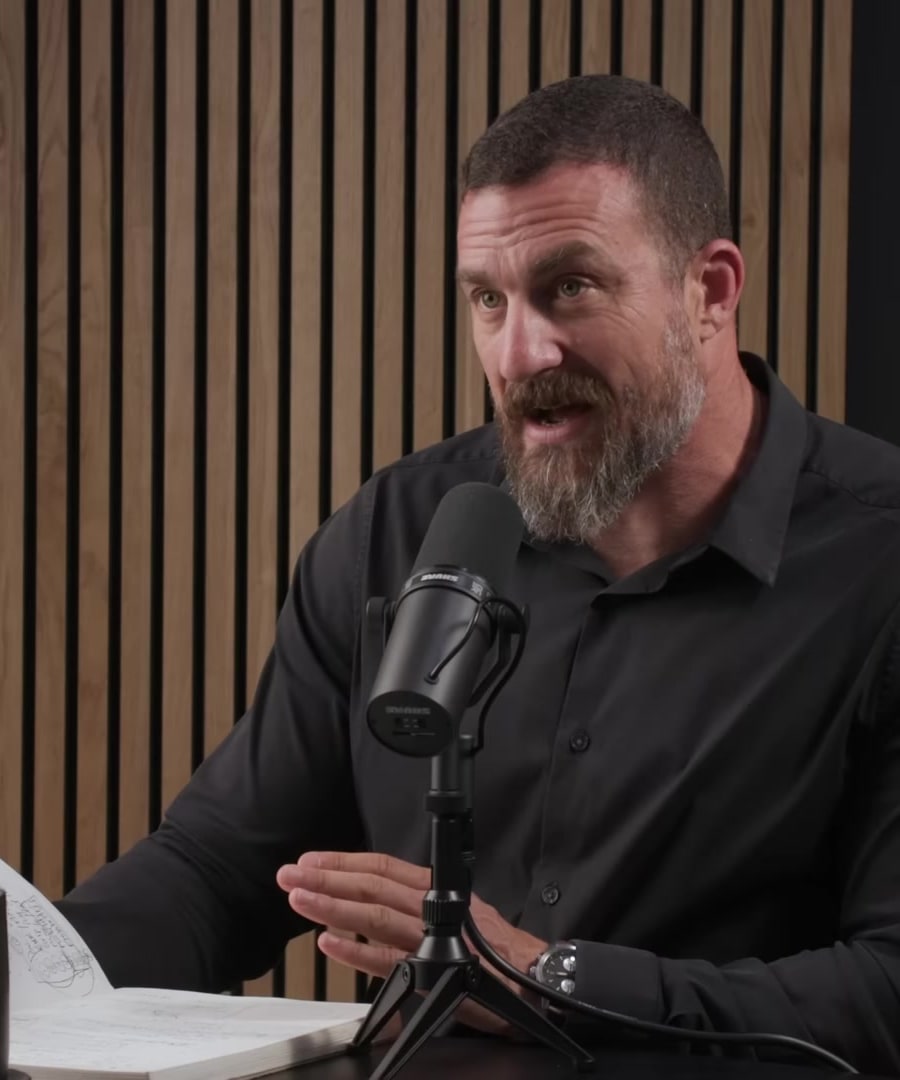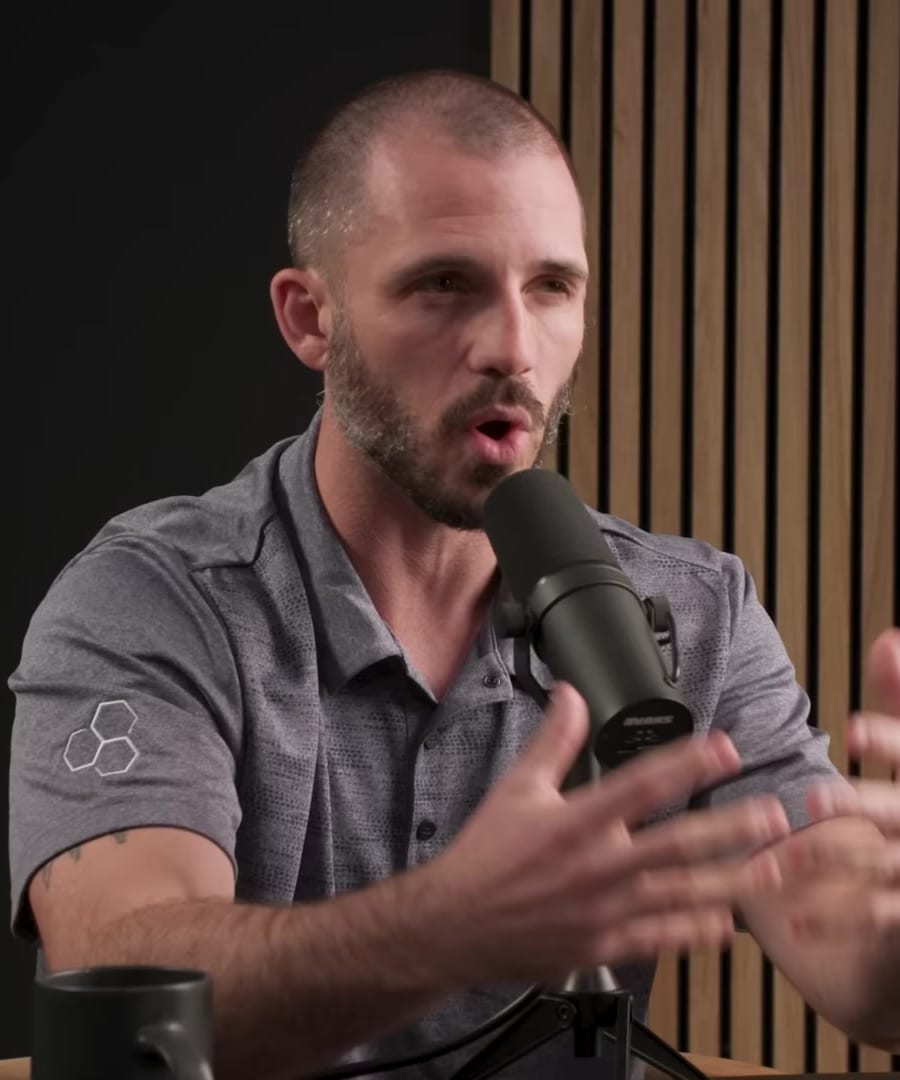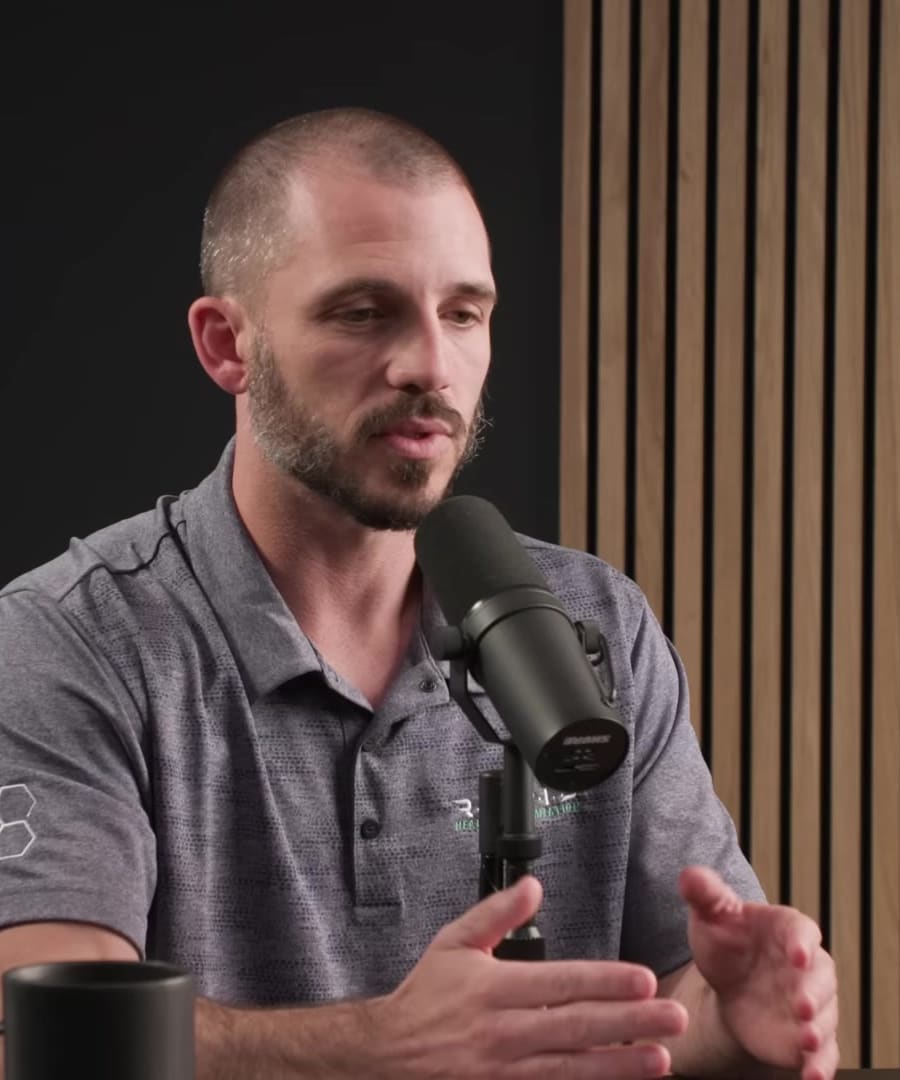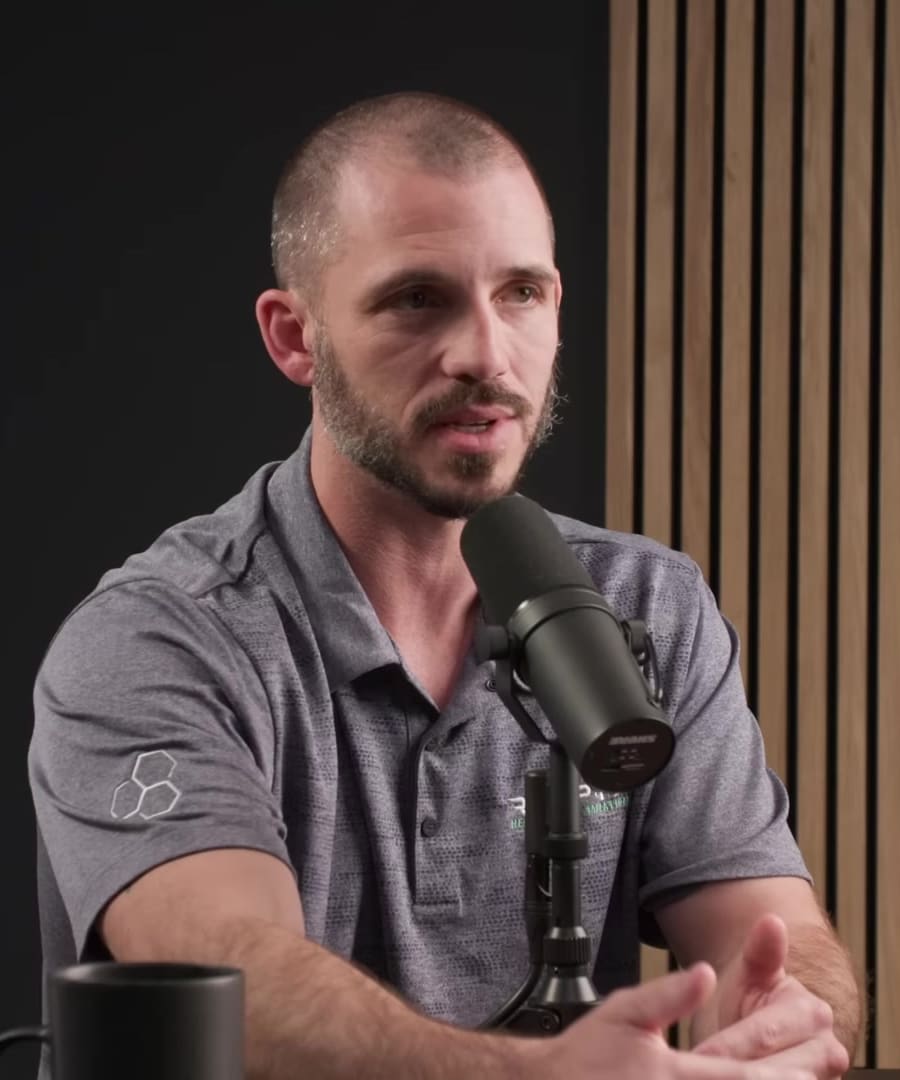Which are the 9 major adaptations that Andy Galpin suggests on focusing for health, performance and longevity?
Sources:
The nine major adaptations for health, performance, and longevity, as discussed by Andy Galpin, can be summarized as follows:
- Skill: Improving movement efficiency and technique.
- Speed: Increasing the velocity or acceleration of movement.
- Power: Developing the ability of speedy movements alongside force (speed multiplied by force).
- Strength: Enhancing the maximum force production capability.
- Muscular Endurance: The ability to perform repetitive muscle contractions over time.
- Muscle Hypertrophy: Increasing muscle size for appearance rather than function.
- Muscular Endurance (Localized): The local endurance of specific muscle groups, such as during push-ups or sit-ups.
- Cardiovascular Endurance: The overall endurance affecting the heart and circulation system.
- Health: While not a direct adaptation, it has been identified that strength and cardiovascular endurance are necessary for overall health and are achieved through the above categories.
These adaptations are described as flowing from different styles of exercise and areas of expertise, allowing for the creation of exercise protocols to achieve specific health, performance, and longevity goals without unwanted outcomes 1 2.
RELATED QUESTIONSDoes Galpin give suggestions about how to access our Skill adaptation?
Sources:
provides a movement skill assessment approach, which begins with identifying fundamental movement patterns to ensure one can train injury-free for as long as possible:
-
Seek a Specialist: Ideally, work with a highly qualified physical therapist or movement specialist to identify all of your movement patterns, including overhead pressing, squatting, running, and more.
-
Self-Assessment: If a specialist is not available, you can perform a self-assessment by selecting representative movements that correspond to the joints you want to assess, such as an upper body press, upper body pull, lower body press, and lower body pull. Suitable movements include push-ups, pull-ups or bent rows, squats, and deadlifts.
-
Record and Analyze: Record a frontal and side view of these movements, performing 3 to 10 slow and controlled repetitions without any additional weight.
-
Look for Four Key Things: Focus on each joint individually and assess the following in each joint: symmetry (front to back, left to right, and between both limbs), range of motion, stability, and control during the movement 1.
By following these steps, you can assess and work on movement skills, which is the first of the nine major adaptations that suggests focusing on for health, performance, and longevity.
RELATED QUESTIONS-
Can you provide more details on Andy Galpin's methodology for skill adaptation?
Sources:
offers comprehensive insights into the methodology for improving skill adaptation in his discussion with on the . Galpin emphasizes a multi-faceted approach that includes the following major physiological adaptations through exercise, which starts with skill development:
-
Skill or Technique: Learning to move better with specific position, timing, and sequence. This includes activities like running more effectively or practicing skills like a golf swing 1.
-
Speed: Moving at a higher velocity or with a better rate of acceleration 2.
-
Power: Speed multiplied by force. It's important to execute exercises with high intent and submaximal weights for improving power 2.
-
Strength: The maximum amount of force that can be produced one time. It's about moving something effectively 1.
-
Muscle Hypertrophy: Increasing muscle size, which is the first adaptation related to appearance rather than function 1.
-
Muscular Endurance: The ability to perform a high number of repetitions for an exercise, like push-ups or sit-ups 1.
-
Anaerobic Capacity: The capacity for intense, short-duration activities that do not primarily rely on oxygen 2.
-
Maximal Aerobic Capacity: The peak ability to consume oxygen during strenuous exercise 2.
-
Long Duration Steady State Exercise: Activities performed at a consistent pace for extended periods 2.
Galpin articulates the importance of specificity when creating training protocols to strengthen a particular area or to develop a skill. He advises using evidence-based protocols that target specific weaknesses identified through assessment, allowing individuals to create tailored training regimens based on personal needs, preferences, and goals 3.
Furthermore, Galpin stresses the significance of overload, individualization, and the precise execution of exercises for successful adaptation. He explains that modifying various training variables, like the number of repetitions, set volume, exercise selection, and rest intervals, is crucial for prompting the desired adaptations 4 5.
To ensure that adaptations are targeted effectively, Galpin suggests recording and analyzing movement patterns for symmetry, range of motion, stability, and control. This methodical approach contributes to a more effective and injury-free training protocol 6.
By considering all these elements, Galpin's methodology for skill adaptation provides a framework for optimizing individual training protocols to meet fitness and performance goals.
RELATED QUESTIONS-
Which are the 9 major adaptations that Andy Galpin suggests on focusing for health, performance and longevity?
- RELATED QUESTIONS
Does Galpin give suggestions about how to access our Skill adaptation?
- RELATED QUESTIONS
Can you provide more details on Andy Galpin's methodology for skill adaptation?
- RELATED QUESTIONS

